Online banking safety is critical in today’s world. No one wants to see their hard-earned money taken away or a loved one taken advantage of. Since going back in time isn’t an option, what are some things you can do to decrease your risks?
Here are ten steps you can take to improve your online banking safety:
- Choose Strong and Unique Passwords
- Avoid using easy-to-guess words like your name, address, or birthdate. I love my kids and my dogs but I never used their names in my passwords
- Opt for longer passwords—think of it more as a sentence. eg spending-money-is-fun
- Mix uppercase and lowercase letters, numbers, and special characters, Don’t always make the first letter a capital. Try the second letter or the last letter so spendinG-$-iS-fuN
- Never reuse the same password across multiple accounts. I know it is a pain to remember them all, but you should have a separate password especially, for your bank account. Hackers sometimes steal usernames and passwords for less secure sites and then try them at banks and credit card companies to try and get real money.
- Update your passwords regularly. Password managers can be a great tool. I’ve used and had success with LastPass and BitWarden
- Enable Two-Factor Authentication (2FA)
- Two-factor authentication is when a bank sends you a code via text or email before you can log in. 2FA can be a nuisance but greatly improves security.
- Most banks will require this. If not, be sure to turn it on. If someone guesses or steals your password, they won’t be able to log in without having access to your email or text messages. (See why separate passwords are important.)
- Log Out After Each Session
- The bank will log you out after some period of inactivity, but it is always better to log out yourself when you’re done.
- Avoid leaving your account open, especially on shared computers.
- Avoid Public Wi-Fi for Sensitive Transactions
- Some Wi-Fi networks can be vulnerable to attacks.
- If you must use public Wi-Fi, consider using a virtual private network (VPN) to encrypt your connection.
- Our favorites are NordVPN and Private Internet Access
- Connect using cellular data from your phone
- Be Wary of Phishing Scams
- Cybercriminals often send phishing emails pretending to be from your bank. Phishing emails try to get you to click on their links and put your username and password into a site that looks like your bank but the site is simply recording your information.
- Never click on suspicious links or provide personal information via email. If you are unsure, call the bank or go to the site directly by typing the site name in your browser.
- Monitor Your Accounts Regularly
- Please look over your bank statements and transaction history frequently. Banks will often reverse fraudulent transactions but need to report them promptly.
- Report any unauthorized or suspicious activity by calling the number on your statement or the back of your debit card.
- Use Secure Devices
- Ensure your devices (computers, smartphones, tablets) have up-to-date antivirus software and security patches.
- Regularly scan for malware.
- If your router is more than 5 years old, think about upgrading your router to keep running well and safely.
- Avoid Shared Computers:
- Don’t log into your online banking accounts from public or shared computers.
- You never know if these machines have malware or keyloggers installed. This kind of software records all of your typing and sends it over the internet, where it can be stored and used later.
- Sign Up for Banking Alerts
- Many banks offer alerts via email or text for account activity. I like to turn them all on for any transaction over $1.
- You’ll get a few more messages but if someone unexpectedly uses your account, you will know right away.
- Educate Yourself
- You don’t have to spend all day reading articles. (Unless you enjoy being scared.)
- Read an article now and then and when something pops in the news take a listen.
Remember, online banking safety is an ongoing process. By following these steps, you’ll significantly reduce the risk of falling victim to cybercrime. If you are unsure, call your bank and they’ll be glad to help.
This page contains one or more affiliate links from which we earn a commission if you purchase through our link. Learn more.
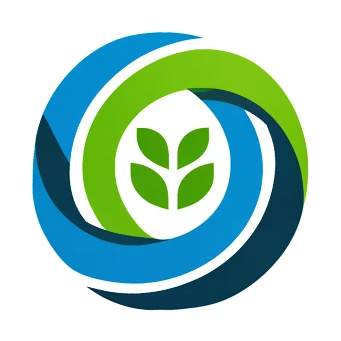
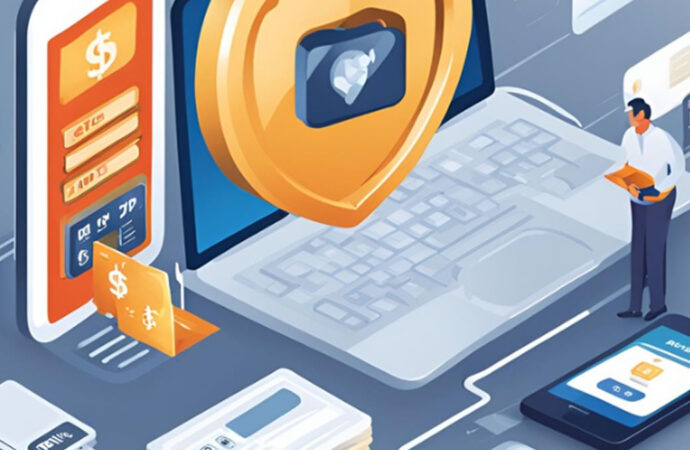
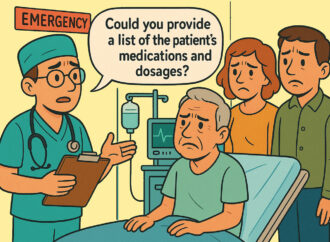

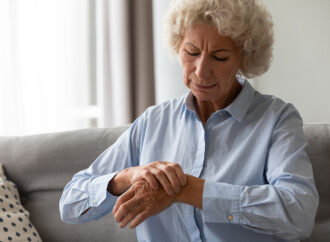
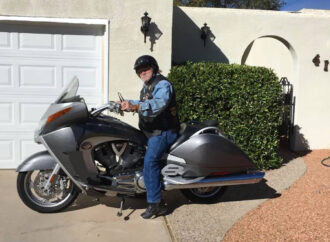








Leave a Comment
Your email address will not be published. Required fields are marked with *